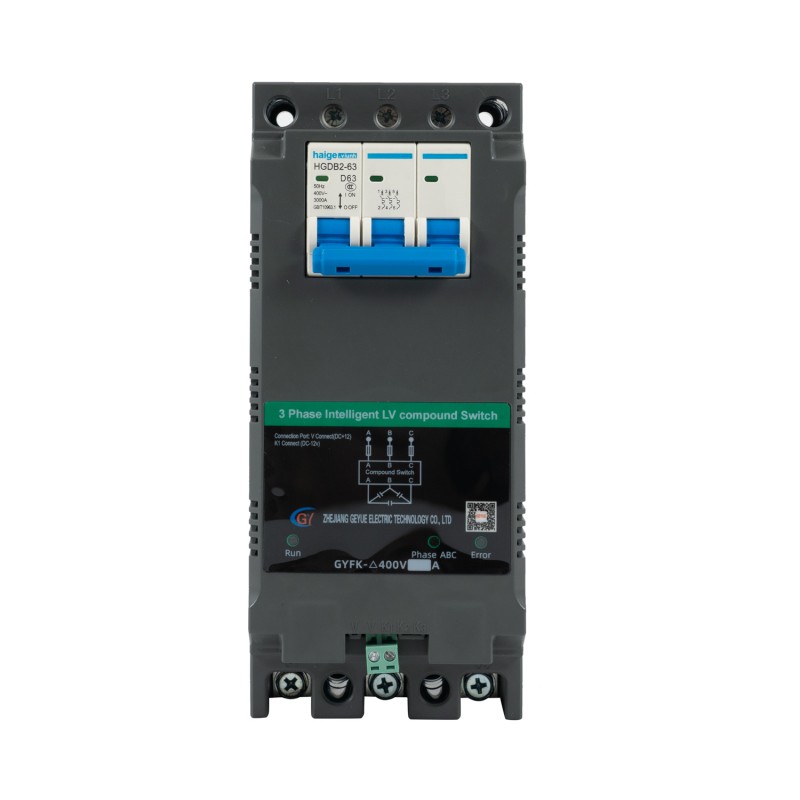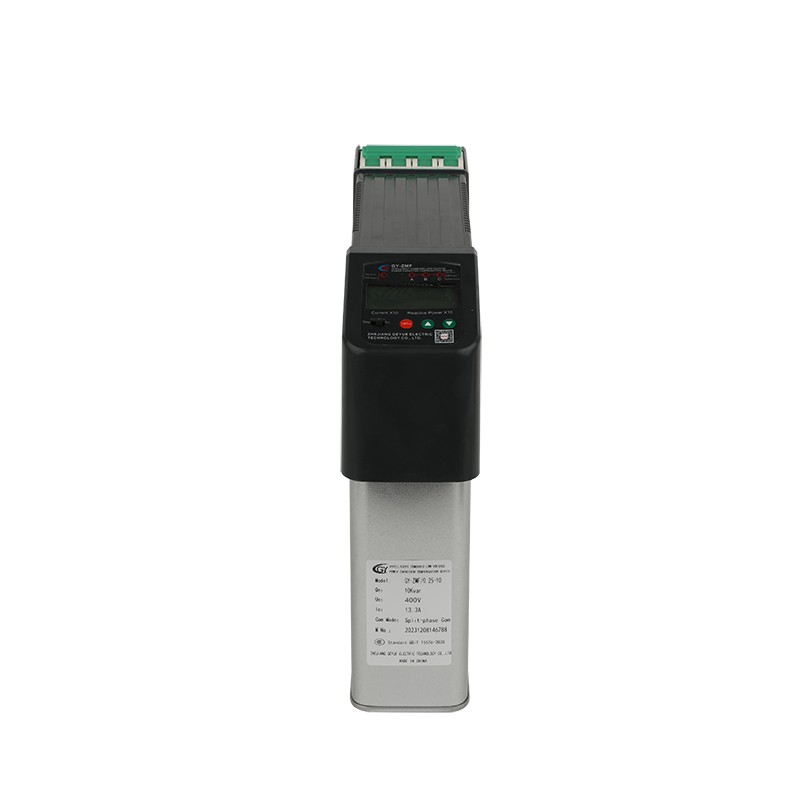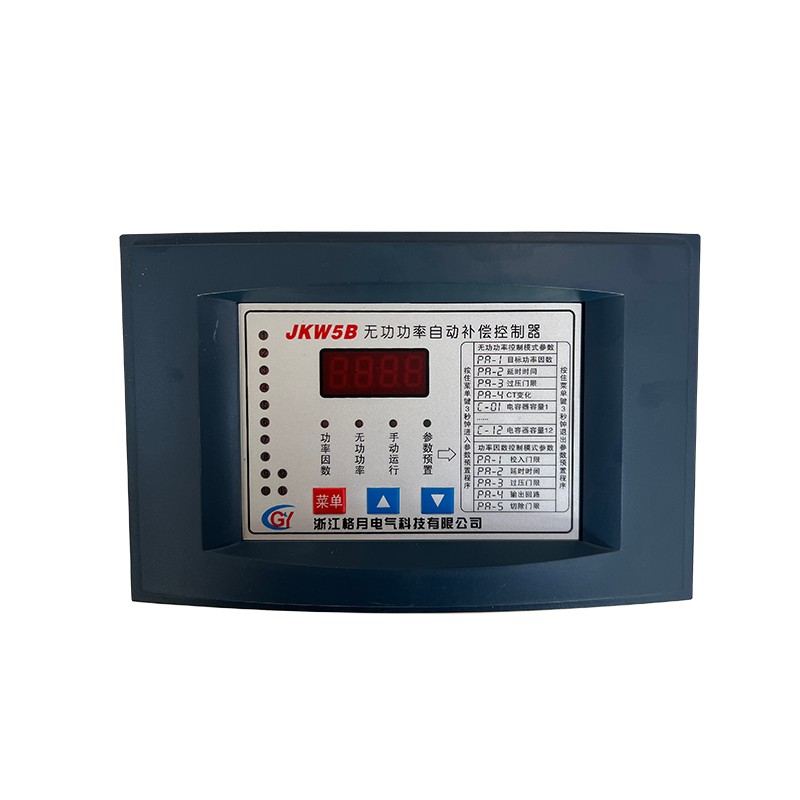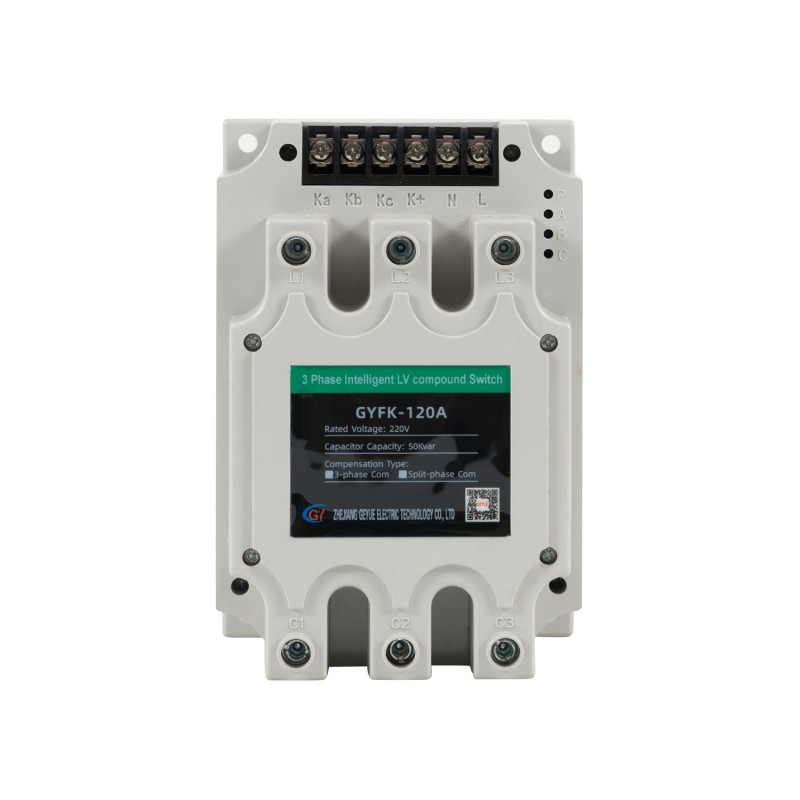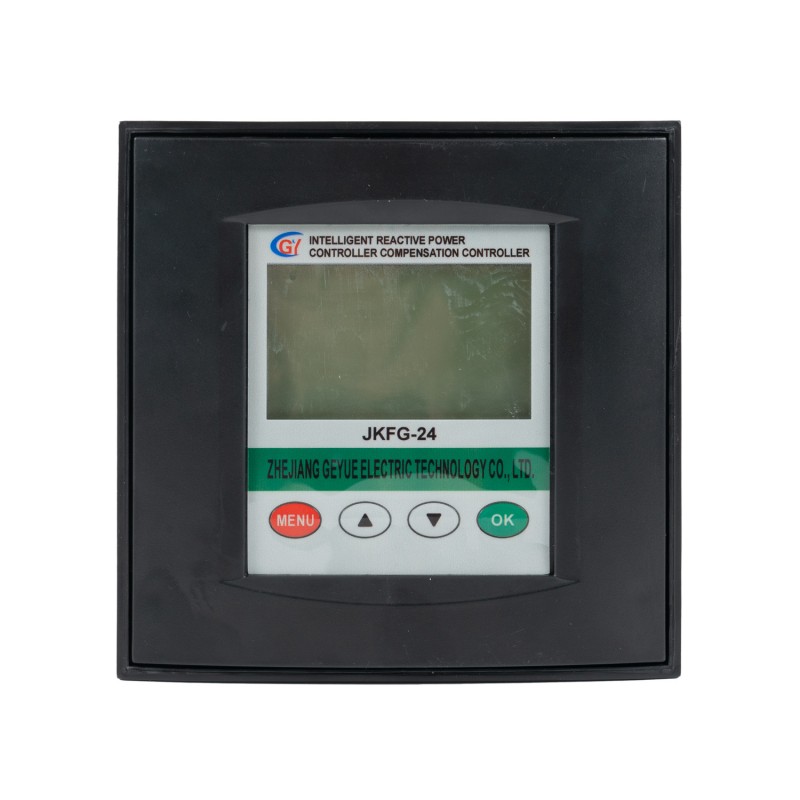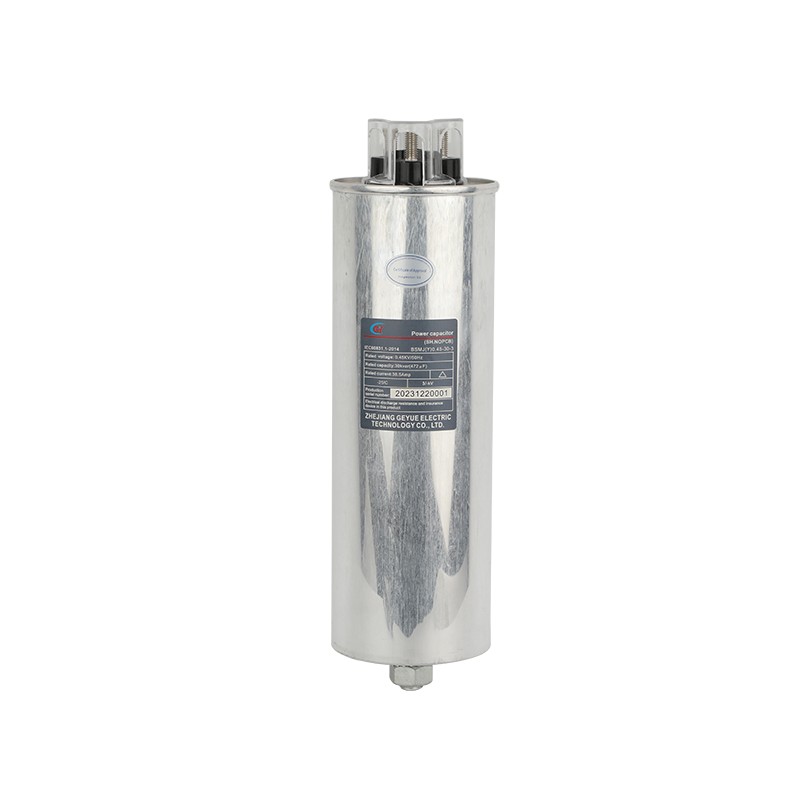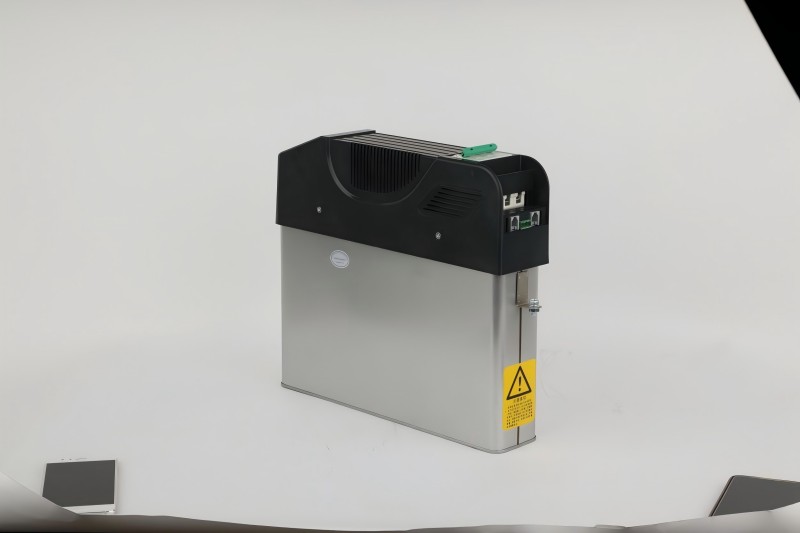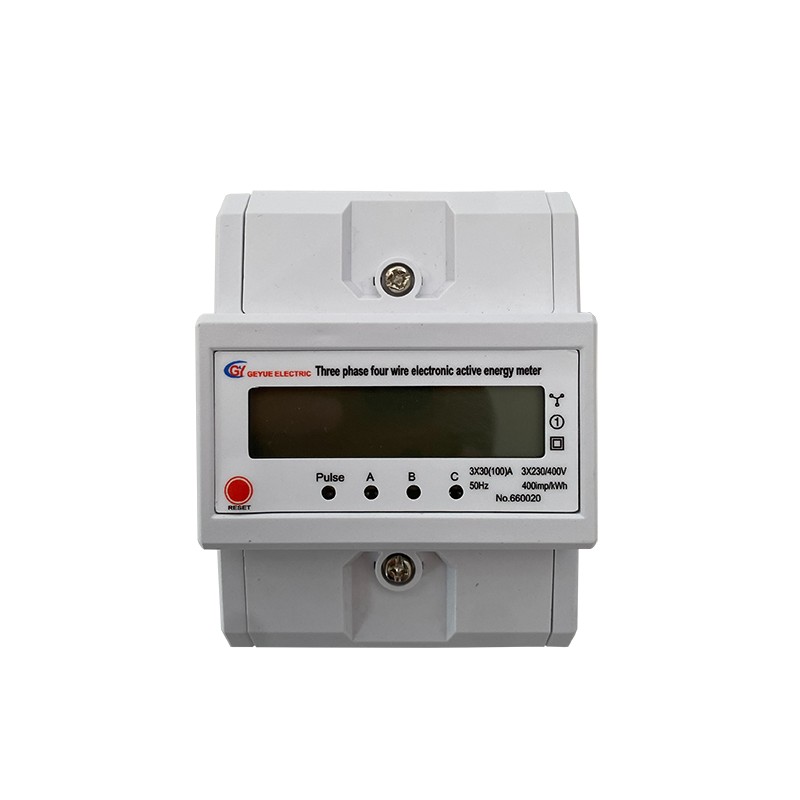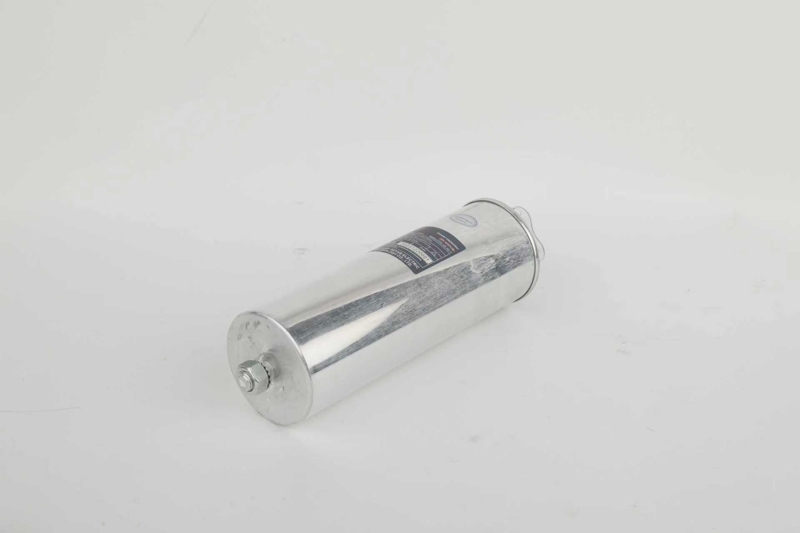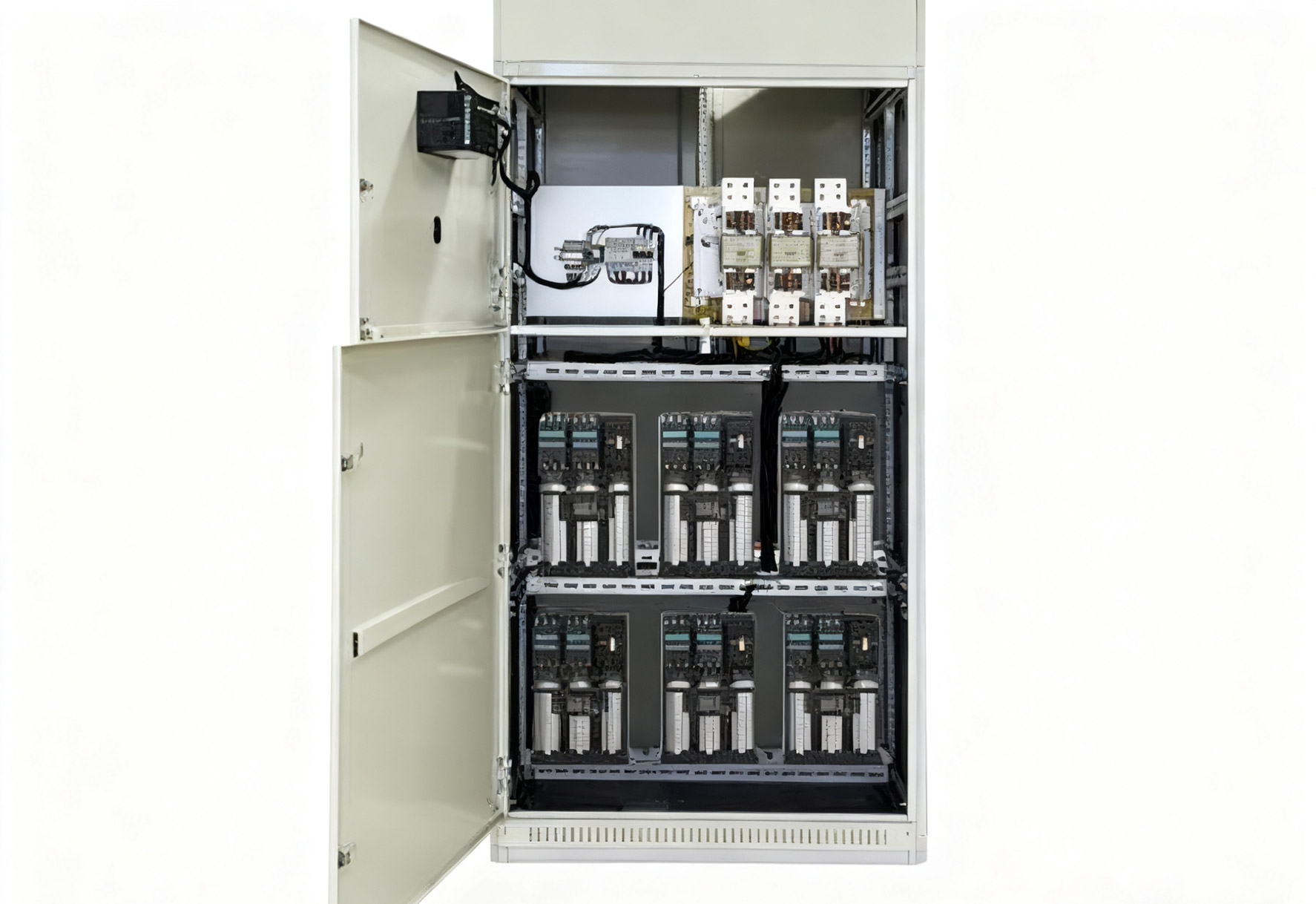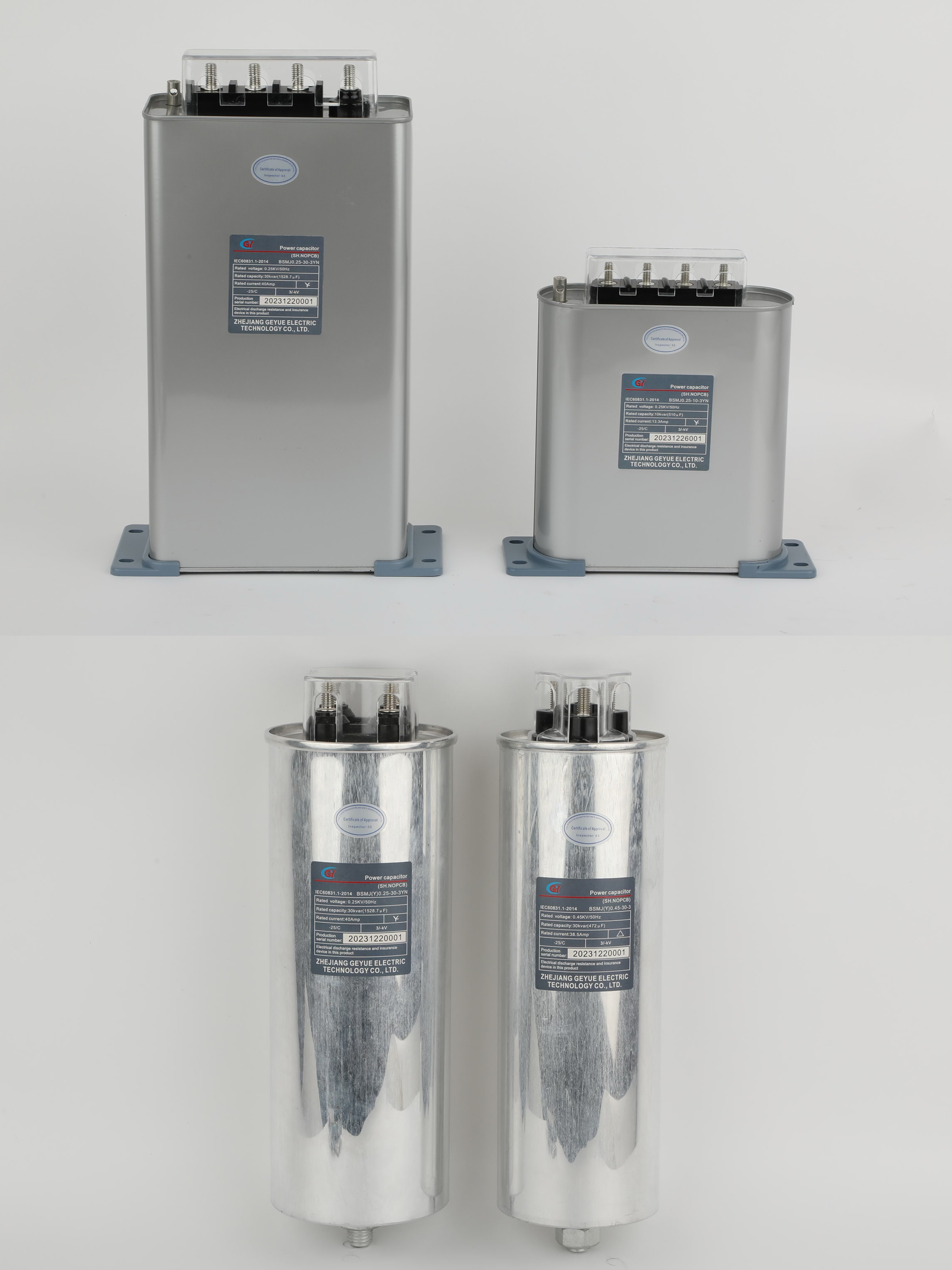How Exactly does the Response Speed of Dynamic Reactive Power Compensation Devices Affect the Yield Rate of Semiconductor Production Lines?
Semiconductor manufacturing, as a typical representative of precision industry, has extremely strict requirements for power quality. In the following section, Geyue Electric, from the professional perspective of a manufacturer of dynamic reactive power compensation equipment, will deeply explore the intrinsic correlation mechanism between the response speed of SVG (Static Var Generator) and the yield rate of semiconductor production. By analyzing the special load characteristics of semiconductor equipment, the sensitivity to voltage sags, and the interaction effects between process equipment and the power system, Geyue Electric will reveal the crucial role of millisecond-level dynamic compensation in improving the yield rate of chip manufacturing. At the same time, Geyue Electric will also validate the effectiveness of the technical solution by combining actual case data from wafer fabrication plants.
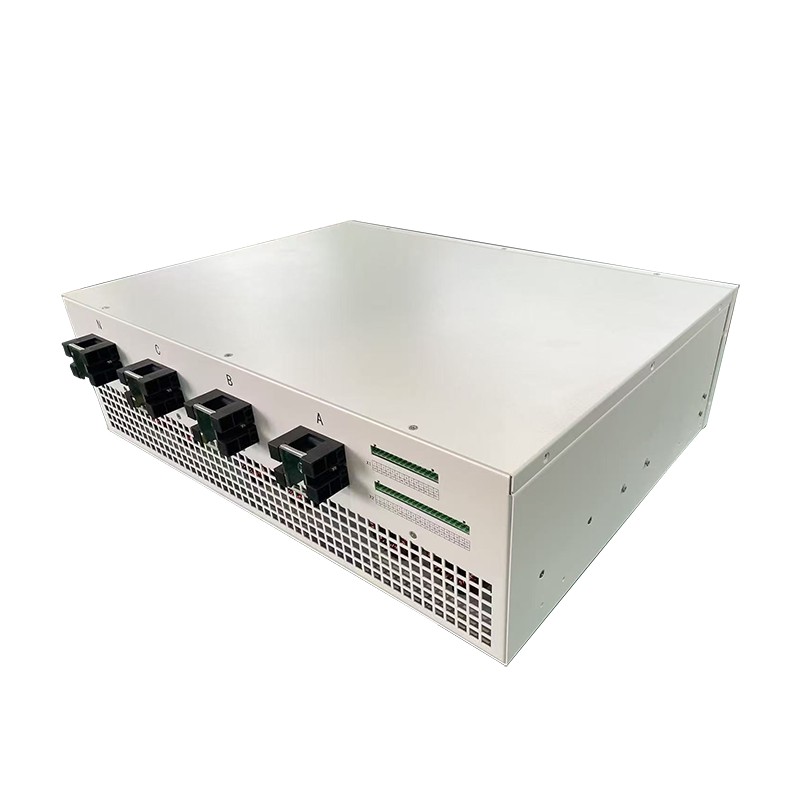
The Special Requirements of Semiconductor Manufacturing for Power Quality
The semiconductor production line is a complex system composed of hundreds of precision equipment. Key devices such as photolithography machines and ion implanters are highly sensitive to voltage fluctuations. The production equipment in modern wafer factories generally uses switched-mode power supplies for power supply. These nonlinear loads generate rapidly changing reactive power demands during operation. When the power grid fails to provide reactive power support in time, it will cause voltage sags, waveform distortions, and other electrical energy quality problems.
In advanced manufacturing processes below 45 nanometers, even a voltage drop lasting only 10 milliseconds can cause the precision servo system of the lithography machine to lose synchronization, resulting in wafer alignment deviations. According to research data from the International Semiconductor Technology Roadmap (ITRS), voltage sags have become the third-largest factor contributing to chip defects, causing billions of dollars in losses to the global semiconductor industry each year. This requires the accompanying reactive power compensation devices to have extremely fast dynamic response capabilities. Traditional TSC devices, due to the inherent action delay of mechanical switches (usually exceeding 100 milliseconds), have completely failed to meet the requirements of modern semiconductor factories.
The Technical Connotation and Measurement Standards of Response Speed
The response speed of dynamic reactive power compensation devices refers to the time required from the detection of reactive power changes in the system to the output of the target compensation current. For fully controlled power electronic equipment like SVG, the response speed mainly depends on three technical links: fast detection algorithms, high-speed control chips, and the switching characteristics of power devices.
At present, the International Electrotechnical Commission (IEC) defines the response time of dynamic reactive power compensation devices as the time interval from the sudden change of system voltage to the output of the device reaching 90% of the target value. Leading semiconductor equipment manufacturers typically require this indicator to be no more than 10 milliseconds, and some advanced wafer fabs even propose a strict standard of 5 milliseconds. Measured data shows that the response time of SVG devices using third-generation silicon carbide (SiC) power devices can be shortened to less than 2 milliseconds, mainly due to the switching frequency characteristics of SiC materials above 100 kHz.
The Correlation Mechanism between Response Speed and Process Yield
The loss of yield rate in semiconductor production lines mainly stems from two types of problems related to power quality: sudden scrapping and potential parameter drift. The former is directly manifested as the scrapping of wafers, while the latter leads to deviations of chip performance parameters from the designed values. The rapid response of the dynamic reactive power compensation device can effectively prevent the occurrence of these two types of problems.
Take the etching process as an example. When the plasma power supply has unstable power output due to fluctuations in the grid voltage, the etching rate will suddenly change. Experimental data show that if the voltage recovery time exceeds 20 milliseconds, the etching uniformity deviation will exceed 3%, directly resulting in the scrapping of the entire batch of wafers. However, a power supply system equipped with a fast-response SVG (<5ms) can control such process fluctuations within 0.5%. In the chemical mechanical polishing (CMP) process, faster reactive power compensation can maintain the motor torque stable and avoid nano-scale scratches on the wafer surface caused by polishing pressure fluctuations.
Key Technological Innovations and Implementation Paths
The core technological breakthroughs for achieving millisecond-level dynamic response mainly lie in three aspects: Firstly, an improved detection algorithm based on instantaneous reactive power theory shortens the detection time to 1/4 of the power frequency cycle through αβ coordinate system transformation; Secondly, a multi-core DSP parallel processing architecture is adopted to compress the control cycle to 50 microseconds level; Most importantly, the application of wide bandgap semiconductor devices enhances the dynamic response speed of the power module by an order of magnitude.
A domestic SVG device was tested in a 12-inch wafer factory. The results showed that compared with the device using the traditional IGBT module (response time of 15ms), the upgraded version using SiC module (response time of 1.8ms) had a monthly average yield of 92.7% for the production line with the former, while it reached 96.3% with the latter. Especially in the deep ultraviolet lithography (DUV) process, the yield difference was more significant, which fully verified the crucial impact of response speed on process accuracy.
Key Points of System Integration and Engineering Practice
In the practical application of semiconductor factories, the dynamic reactive power compensation device needs to be deeply integrated with the entire plant system. Considering the special power supply architecture of wafer factories, SVG usually adopts a distributed layout scheme. Compensation points are set on the 10kV busbar side of each substation and on the 400V feeder side of important process equipment respectively, forming a multi-level protection system.
In the second-phase expansion project of an internationally leading memory chip factory, an innovative approach was adopted where SVG (Signal Voltage Generator) was integrated with the control system of the process equipment for data exchange. By obtaining real-time load change trends of the lithography machines and etching machines, the reactive power compensation system can achieve predictive regulation, with the response lead time controlled before the process-sensitive window. This intelligent collaborative model has increased the overall yield of the 28-nanometer products of this factory by 2.8 percentage points, and has generated an additional economic benefit of over 30 million US dollars annually.
Future Technological Development Trends
As semiconductor manufacturing progresses to 3-nanometer and below technology nodes, the requirements for electrical power quality will become even more stringent. The next-generation dynamic reactive power compensation technology is evolving in three directions: Firstly, there is a breakthrough in the limit of response speed, with experimental devices based on gallium nitride (GaN) devices achieving sub-millisecond response; Secondly, the deep application of digital twin technology is being pursued, by simulating the entire power supply network of the factory in a virtual space to achieve the early optimization of compensation strategies; Finally, the introduction of AI prediction algorithms is being implemented, by analyzing massive process data to predict the changing patterns of reactive power demands for each production equipment.
There is a clear quantitative relationship between the response speed of the dynamic reactive power compensation device and the yield rate of semiconductor production. The millisecond-level response capability not only effectively suppresses the direct losses caused by voltage fluctuations, but also improves the overall performance consistency of the chips by maintaining the stability of process parameters. As an innovative field at the intersection of power electronics technology and semiconductor manufacturing, the continuous progress of dynamic reactive power compensation technology will provide important infrastructure support for the continuation of Moore's Law. Geyue Electric, as an expert in reactive power compensation, our company suggests that wafer factories incorporate the power quality management system into the overall design during the planning stage and select SVG equipment with a response time of less than 5 milliseconds to build a solid power guarantee system for high-end chip manufacturing. If your wafer factory is actively seeking a rapid-response dynamic reactive power compensation solution, please feel free to contact us: info@gyele.com.cn.
- Can Cylinder Self-healing Shunt Capacitor Become the Ideal Choice for the Smart Grid Era?
- Apart from Saving Electricity Costs, What Value does Low-Voltage Reactive Power Compensation Bring to Enterprises?
- How does the Temperature Dependence of a Capacitor's Capacitance Value affect the Tuning Point of a Detuned Filter Circuit?
- Is There a Non-Invasive Way to Monitor the Internal Health of Power Capacitors, Such as Their Equivalent Series Resistance (ESR)?
- What Is the Concept of "Reactive Power Banking" or "Reactive Power Dispatch" in a Smart Grid Context?
- What Are the Recycling and Disposal Plans for Self-Healing Shunt Capacitors after the End of Their Life Cycle?

